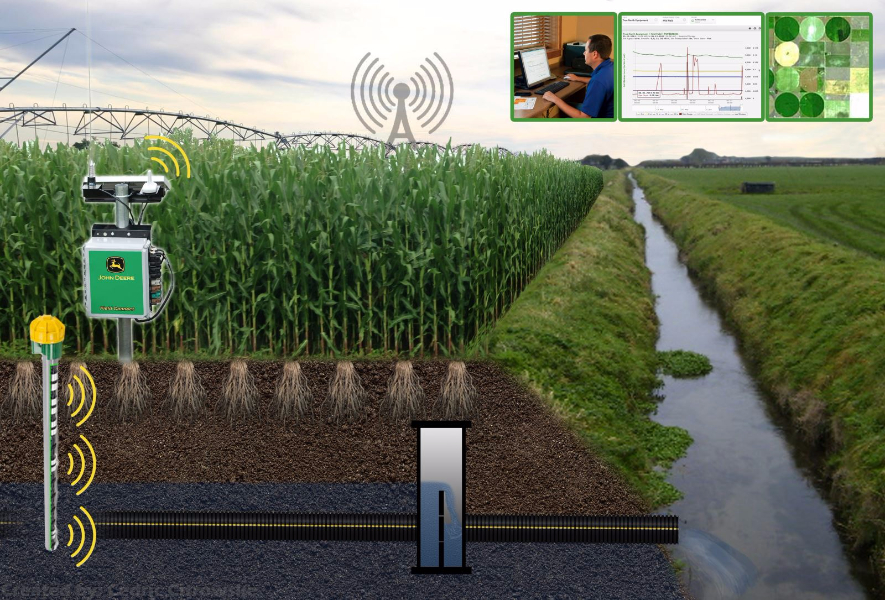If you attend a few conferences this year, you’ll see this a few times:
- Uber is the world’s largest taxi company, but owns no cars.
- AirBnb is the world’ largest hotel group, but owns no property.
- Alibaba is the world’s largest retailer, but owns no stock or retail stores.
- Facebook is the world’s largest media company, but produces no content.
These are fantastic examples of digital disruption that are now pretty much ubiquitous. And, as often happens with well worn stories, they have lost their impact. People now just think, “Well done to them for finding a digital disruption opportunity in their industry. I can’t see how it can be done in mine.” Some people go even further to think that someone else’s industry is quite easy to disrupt, but their own is virtually impossible.
This is a major problem we all face. Once something has been done, it’s fairly easy to see that it could be done. But when we look at our own industries, it might be quite difficult to see where the disruption could come from.
There are four things we can do about this.
1. Look for other examples from other industries
The more examples of digital disruption you see in different environments, the more likely you are to see where disruption might come in your industry.
 One of my favourite new examples comes from farming. John Deere is well known for their agricultural equipment, with the massive green John Deere tractor being iconic. As with all digital disruption, the focus must move from the physical assets to data. John Deere made that shift. They realised that the more farmers knew about their land, their crops and the physical environment, the better they would be as farmers. If John Deere could own that information space, they’d have clients for life. This was actually not a shift for the company – John Deere had always been about giving farmers a competitive advantage. So now John Deere supply and manage thousands of smart sensors on farms around the world. It’s simple when you see it.
One of my favourite new examples comes from farming. John Deere is well known for their agricultural equipment, with the massive green John Deere tractor being iconic. As with all digital disruption, the focus must move from the physical assets to data. John Deere made that shift. They realised that the more farmers knew about their land, their crops and the physical environment, the better they would be as farmers. If John Deere could own that information space, they’d have clients for life. This was actually not a shift for the company – John Deere had always been about giving farmers a competitive advantage. So now John Deere supply and manage thousands of smart sensors on farms around the world. It’s simple when you see it.
Read more about this here and here.
This type of thinking is not limited to private companies and small startups. Many governments around the world are realising the value of the Internet of Things for disrupting to public services they deliver. Here’s a Cisco promotional video about the city of Barcelona, which is an emerging example of the connected city:
The key is to recognise the value of digital, the power of data and the impact of the Internet of Things, and then make the decision to position your company in that space.
2. Follow the Data
Three simple, but immensely profound questions can guide your quest for the digital disruption potential in your industry:
- What data exists in our system that we’re not using?
- What data do we have that might be valuable to people? Look beyond your existing customers and industry, and think of what other value your data might have.
- What data do our customers, clients and business partners need, and could we source this for them?
I use the concept of “data” in these questions, but this might still be too vague for you to get your head around. So replace “data” with “value” or “benefits”, and see if that helps you.
3. Look at your business from your customer’s perspective
Another important question: What problem are you trying to solve? This is the key question that needs to be asked. One of my favourite examples of what this question helps you to identify comes from Parker Pens and Toblerone. What are these two products? Pens? Chocolate? No!
 Think of Parker Pens. Do you have any? Did you buy them for yourself? Did you know that over 90% of Parker Pens are bought as gifts? That’s why Parker packages their pens to look like gift sets – even the cheap ones. The problem Parker is solving is not “what can I write with”, but “what gift can I give him”? Toblerone is the same. They’re not selling chocolates, they’re selling travel gifts, and that’s why the bulk of their products are sold at airports.
Think of Parker Pens. Do you have any? Did you buy them for yourself? Did you know that over 90% of Parker Pens are bought as gifts? That’s why Parker packages their pens to look like gift sets – even the cheap ones. The problem Parker is solving is not “what can I write with”, but “what gift can I give him”? Toblerone is the same. They’re not selling chocolates, they’re selling travel gifts, and that’s why the bulk of their products are sold at airports.
Don’t just find out what your customers buy from you. Look at what your customers do with what they buy from you. This is a big clue as to what problem your product is solving. This could open up insights into the previous set of questions about data and value you can offer.
4. Get help; stay informed
Finally, this is often something that is not visible to people inside an industry. You need fresh – and outside – eyes to see the disruption potential. Choose a few key partners to help you do this. Take time to have conversations with people outside your industry. And stay informed about disruptions taking place in and around your business.
You don’t have a choice. Disruption is all around us, and it’s coming to your industry soon. In fact, I’d bet it has already arrived. Are you ready?
Contact our team if you’d like our assistance on this issue.



What are the main disruption innovations in last mille distribution
(Both BtoB and BtoC)?
Pedro, as a team we use a model called the TIDES of disruptive change. It looks at five key categories of disruption we all have to deal with, and I think these apply to last mile too. They are:
* Technology
* Institutional Change
* Demographics
* Environment
* Social Values
Applying this model might give you five good places to go looking for disruption in last mile distribution.
Thanks for every other informative website. Where else could I am getting that type of information written in such an ideal method? I have a undertaking that I’m simply now running on, and I have been on the look out for such information.